Renault Sport has six drivers on its Academy young driver scheme this season, competing at various levels ranging from the Formula Renault Eurocup right up to Formula 2. But unless something changes dramatically, none of them will be racing for the French firm in Formula 1 next year.
Instead, the race seat opened up by Daniel Ricciardo’s surprise switch to McLaren will be taken by Fernando Alonso. Clearly, the Spaniard has quite the CV: two F1 world titles, both secured driving for Renault, 32 race wins and 97 podiums. But he also will be 39 years old when next season starts, has spent two years out of F1 and last won a grand prix in 2013.
So why is Renault looking to the past with the return of Alonso, when Academy members Christian Lundgaard and Guanyu Zhou are both performing well in F2 this year – and team boss Cyril Abiteboul had hinted that both were under consideration for a promotion? This could be seen as a waste of the resources being ploughed into the Academy.
On one level, I agree. F1 has greatly benefited from a recent infusion of young talent. But it’s important to consider the decision in the wider context of Groupe Renault and the car industry. F1 is hugely expensive, which is hard to justify when you’re not winning and you’re in the midst of a major financial struggle exacerbated by an unprecedented global crisis.
Renault bought back the Enstone-based team in 2016, and its various attempts to move up the grid have largely failed. It absolutely needs to start winning soon. So why not turn to Alonso? This is the talismanic driver who lifted the Benetton/Renault squad out of the doldrums post-Michael Schumacher and who returned after a year away in 2007 to provide another lift. And even if the results aren’t as desired, Alonso is a champion: he will attract publicity and headlines in a way that a rookie can’t.



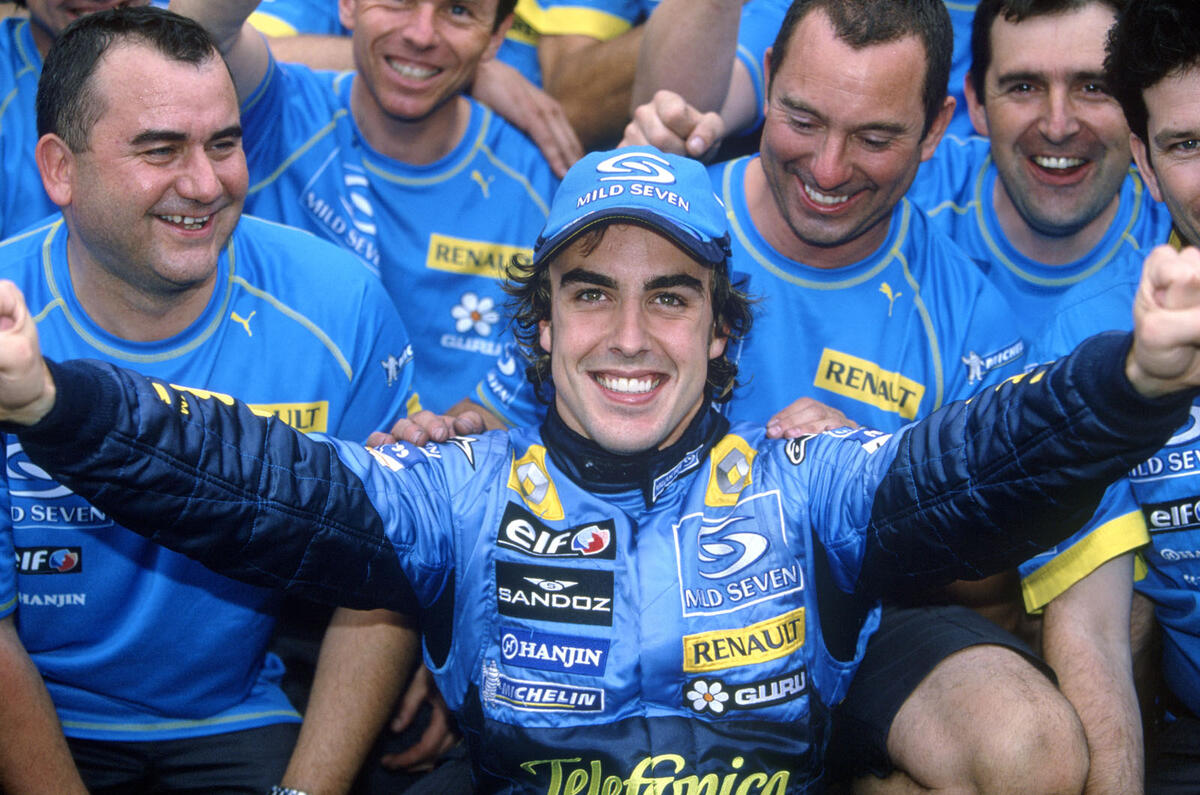


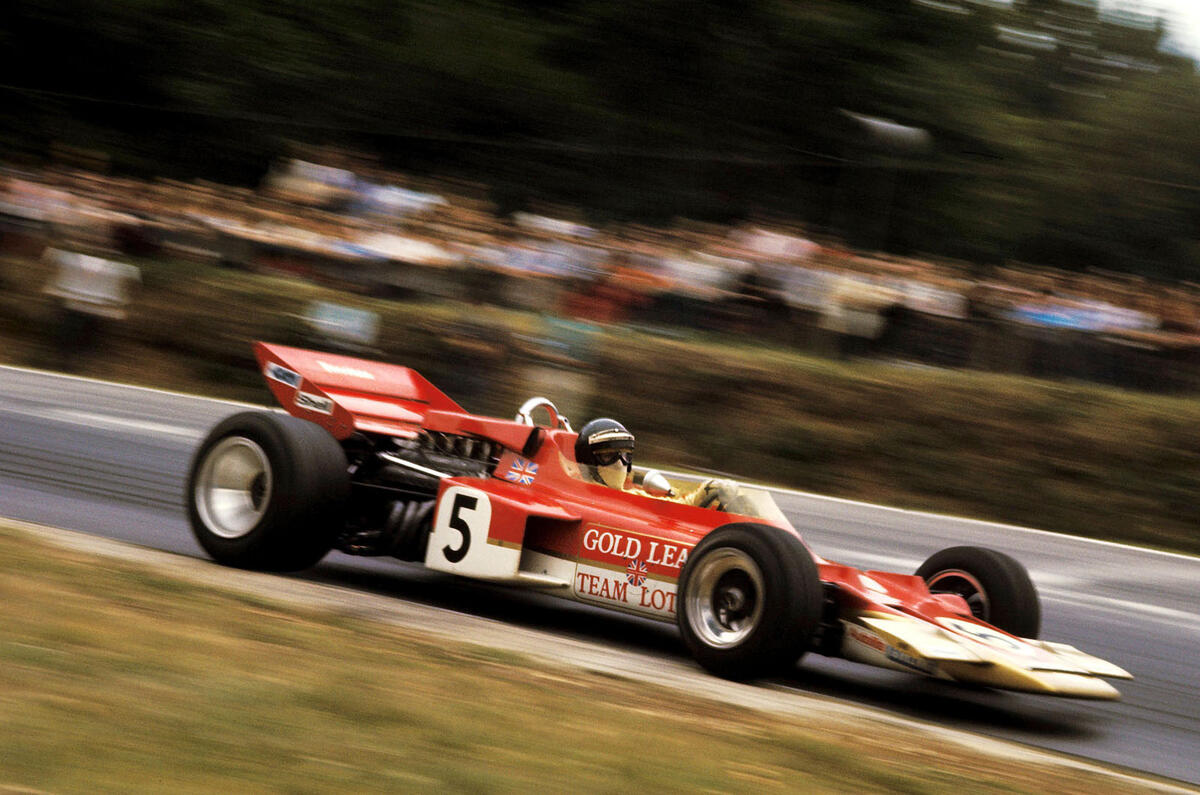

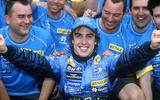

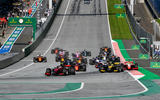
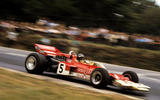

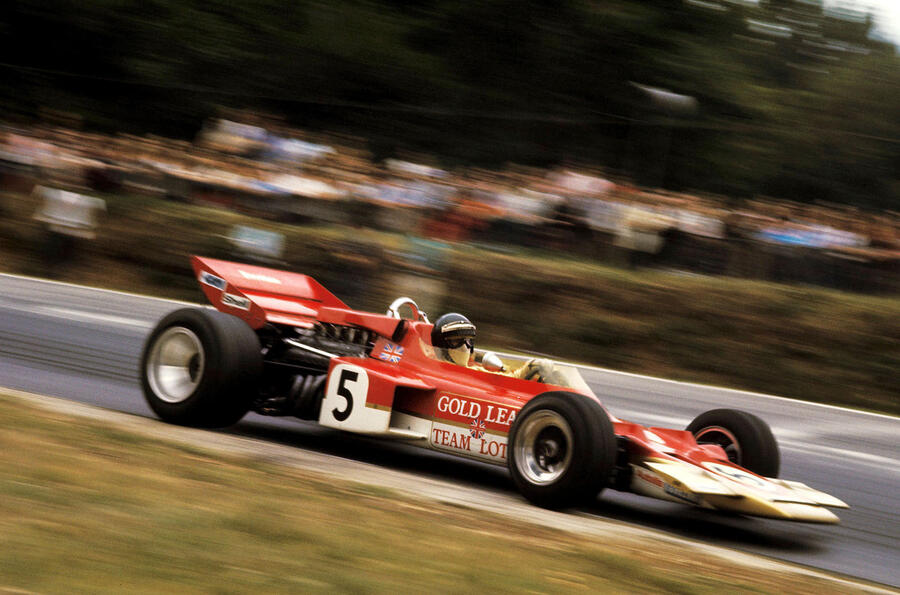





Join the debate
Add your comment
Re: 2 reasons
I, for one, welcome the return of Alonso, as he is a character, and they are distinctly lacking in F1 at the moment.
Secondly, i do not think he is past it. I reckon only Hamilton & Verstappen are as good even now. For Renualt, Alonso, more than any driver is very adaptable and will probably get the car higher up the grid than any other, he is a master at getting the most out of a car, especially, one that isnt the best! This may help Renault with prize money, and probably Alonso brings considerable sponsorship benefits with him, which young drivers cannot.
What's the difference?
It's not like F1 could be any more boring, pointless or irrelevant.
F1
You could say that about any over broadcast sport, Football, Baseball, Rugby(both) American football, Cricket to name a few, but, if we didn't have an interest in them, what the hell would we watch or do?, we've all become a nation of armchair critics, it's a topic in any Pub, Bar on the Planet.
No. Sport is neither boring,
No. Sport is neither boring, pointless or irrlevent. Only somebody who had never played a sport, and never had a child who played a sport, would suggest as much.
F1, on the other hand, is boring, pointless and irrelevant.
A third reason...
... is the lack of testing allowed in F1. An established team like Renault can't afford the uncertainty of putting a novice in the car while the driver gains experience. Far better to hire a driver like Ocon who is still young, but with proven skills. It's a strategy that worked well for Ferrari (Leclerc) and Red Bull (Verstappen). Drivers like Hamilton, Vettel, Schumacher and Alonso were all quick from the off - but those were in the days of unlimited testing...